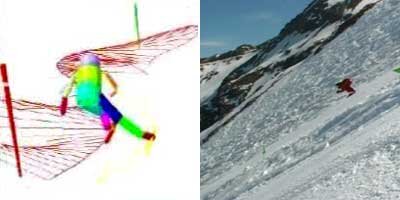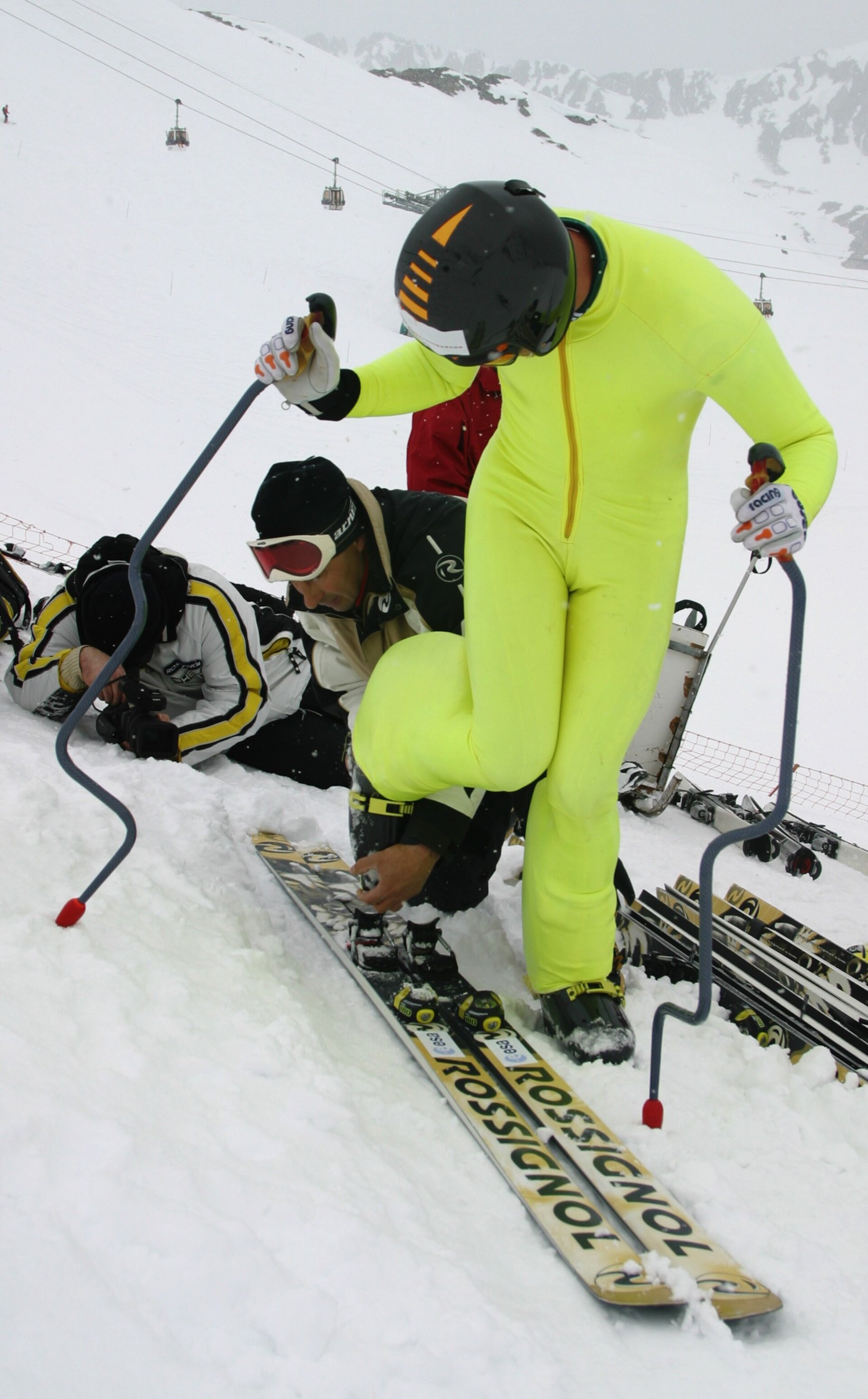Space technology hits the slopes
Using technology from Europe's space science programme, ski maker Skis Rossignol hopes to beat the world speed-skiing record in the Pro Mondial 2004 in France.
Skis Rossignol teamed up with ESA’s Technology Transfer Programme to identify innovative technologies which could help beat the records.
Using skis stabilised by a mechanism originally developed for ESA's Rosetta spacecraft, the aim is to reach an astonishing 255 kilometres per hour down the slopes. A world championship title in 2003 showed that they were on the right track, although they did not top the 2003 record of 250.7 kilometres an hour.
The collaboration with ESA was established to study how skis behave on snow, and find technological solutions to optimise the 'gliding factor', or how well skis move over snow. The control of ski vibrations was an obvious target. After wind resistance, vibrations are the next most important element in limiting the top speed you can reach.

When a ski moves over snow, heating caused by friction between the ski's gliding surface and snowflakes creates a film of water, the thickness of which directly affects gliding conditions.
Vibrations and related damping greatly influence the contact time between the ski and the snow to create the water film. To increase the speed on different snow structures, you must achieve different amounts of damping for the different types of vibrations.

A vibration control system was developed to control the ski vibrations and get the best gliding conditions. The heart of the system is called an 'amplified piezo-actuator'.
This type of piezo technology was originally researched and developed for ESA and the French Space Agency (CNES) for space applications and used in the MIDAS instrument on board ESA’s Rosetta comet chaser, launched in February 2004.
Initial laboratory test results were promising, Skis Rossignol found that they could increase the damping by a factor of 50 when using vibration control system, and it alters only this one parameter without affecting other properties of the ski.





